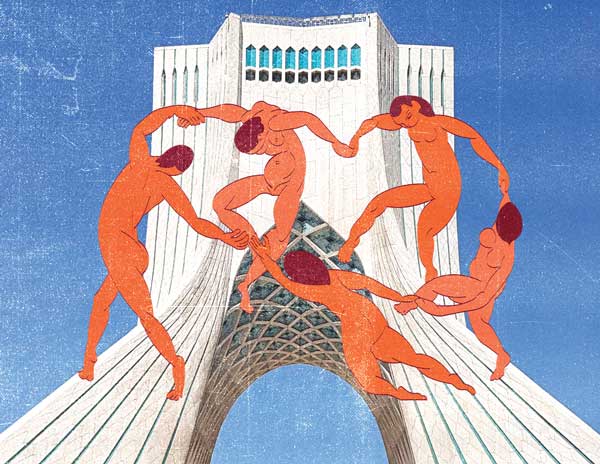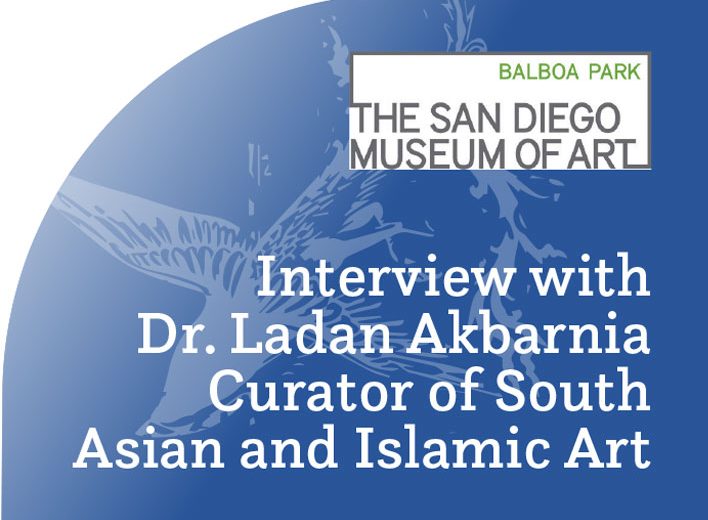Baraye: A Modern Example of Iranian Political Poetry
Reza Khabazian
In every culture around the globe, one aspect of art seems to dominate over the others. Classical music prevails in Austria, while rhythm is dominant in Africa. The greatest novels are written and published in Russia, while short stories are well known in the United States. Painting and sculpture work are famous in Italy, while music and dance dominate in South America. Therefore, Iran is no exception in having a dominant art form—poetry—in its culture.
As a matter of fact, Iranian poetry comes in a wide spectrum that can easily be used for all aspects of life in Iranian society—from the birth of a child to the running of a household to memorial services, from weddings and falling in love to the profound relationship between mankind and God, from describing the philosophy of life to any socio-political uprising.
In the history of Iran, we can find many poets whose poems fall into one of the characteristics mentioned above. A ninth-century poet (Ferdowsi) has left us sixty thousand verses of his poetry praising cognition and wisdom. Rumi (fourteenth century) devoted his poetry to the power of love. Saadi (thirteenth century) and Hafez (fourteenth century) have created the most advanced forms of poetry to describe a variety of topics.

Modern Iranian Poetry as Political Discourse
At the end of the nineteenth century, Iranian citizens entered a new era, demanding the rule of law that resulted in having the first constitution in the entire middle east in 1906. During this great struggle, a new form of poetry came to surface known as political poetry or freedom poetry. The purpose of this new form of poetry was to educate the Iranian public about the essence of having a democratic society and to encourage citizens in participating to achieve it. The trend has never stopped and, to date, we have witnessed more and more poets devoting their works of art to promoting democracy. Aref (1882-1934), Eshghi (1893-1924), and Bahar (1884-1951) are among those whose poems were quite influential in those eras.
Switching forward, we get to the coup d’état of 1953, in which Iran’s democratically-elected prime minister was overthrown with the help of the British and American governments. The event cost several thousands lives, mostly intellectuals, and brought a deep feeling of sadness and defeat to the hearts and minds of the Iranian intellectuals. Two years later, a very well-known poet by the name of Akhavan (1928-1990) published a famous piece of sad poetry describing the situation Iranians were facing, called Zemestan (Winter), while another great poet by the name of Kasraee (1927-1996) came out with a positive and energetic piece of poetry titled Arash, the Archer.
In the years leading to the 1979 revolution, a long list of artists, either poets or musicians, created numerous songs that were well received by the Iranians.
Shervin Hajipour’s Baraye
Today, our homeland is facing yet another struggle to finally bring democracy and the rule of law to the country; for certain, freedom poetry becomes an imminent necessity. This time, a young poet and songwriter—the instantly famous Shervin Hajipour—stepped into the spotlight. His age and his familiarity with the situation that the Iranian public has faced for the last 44 years enabled him to create a song that became the slogan of this new uprising.
Hajipour’s work (Baraye, which literally means For) surfaced right after the killing of Mahsa Amini at the hands of the Iranian Morality Police and hence has ignited the longest duration of uprising against the Islamic Republic of Iran. The reasons behind the huge success of his artwork can be found in the content of his poetry.
The few first lines of the lyrics resonate with Iranian youth in particular:
“For dancing freely in public, For kissing without fear of being arrested, For my sister, your sister, our sisters, For a girl who wished to be a boy”
Then the lyric appeals to a group of Iranians struggling economically to make ends meet:
“For being ashamed in front of your family, for poverty, For a corrupt economy, For a kid searching for food in public trash cans and his dreams”
His work then graduates to talk directly to those Iranians who, on top of economic shortcomings, are also concerned about greater issues:
“For this polluted air, for witnessing the death of trees, For pets that are not allowed to live, For all those intellectuals in jail”
The final message of his work touches three subjects that can easily expand his art beyond the boundaries of Iran and resonate with the citizens of the world:
“For women, life, freedom”
In just a few weeks after publishing, many celebrities performed the translation of his poetry on global stages and sent the message of the recent Iranian uprising to the wide audience of the world.
Unlike Hajipour’s work, which quickly became an international slogan, the poetry of artists before him stayed in Iran and set in the hearts and minds of Iranian people. The main reason, for certain, is the lack of social media in those eras and the other reason is the content of the messages of those poems. Clearly, artists before him had in mind to make messages for local consumption. Hajipour, on the other hand, belongs to a generation who is not only familiar with social media but also, due to the presence of social media, is in touch with events internationally. These capabilities not only contributed to the success of his work on international media, but also helped the Iranian uprising to become news internationally.
Certainly Hajipour has the knowledge of the situation of women and their struggle for justice and equality, even in modern societies of the west. The message of “Woman, Life, Freedom” contains a peaceful mood, far from any invitation for violence in any form, which easily can appeal to people of every culture.


















